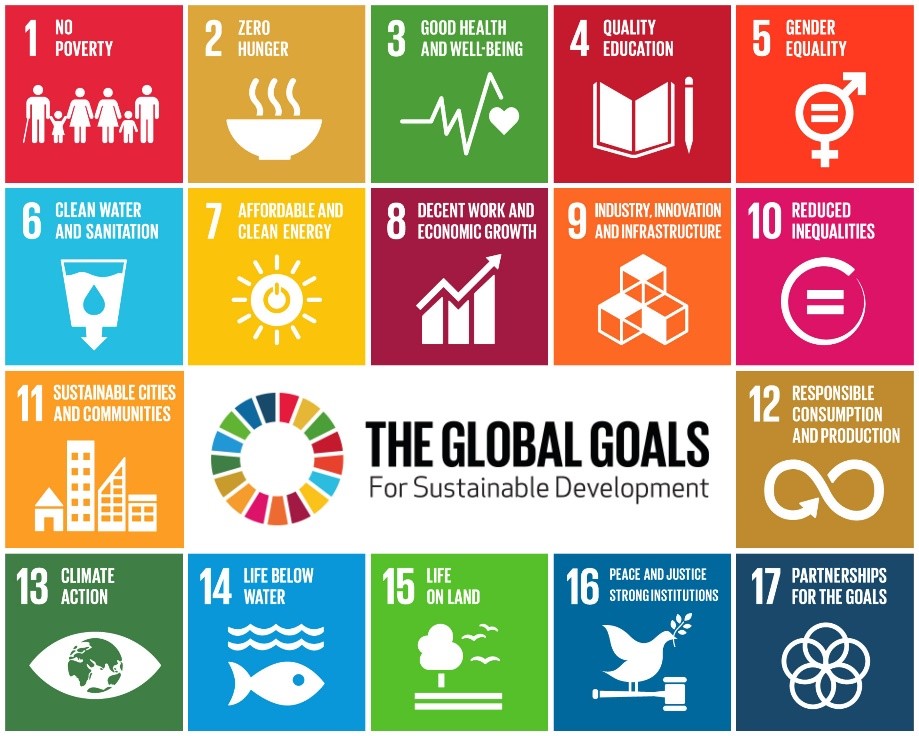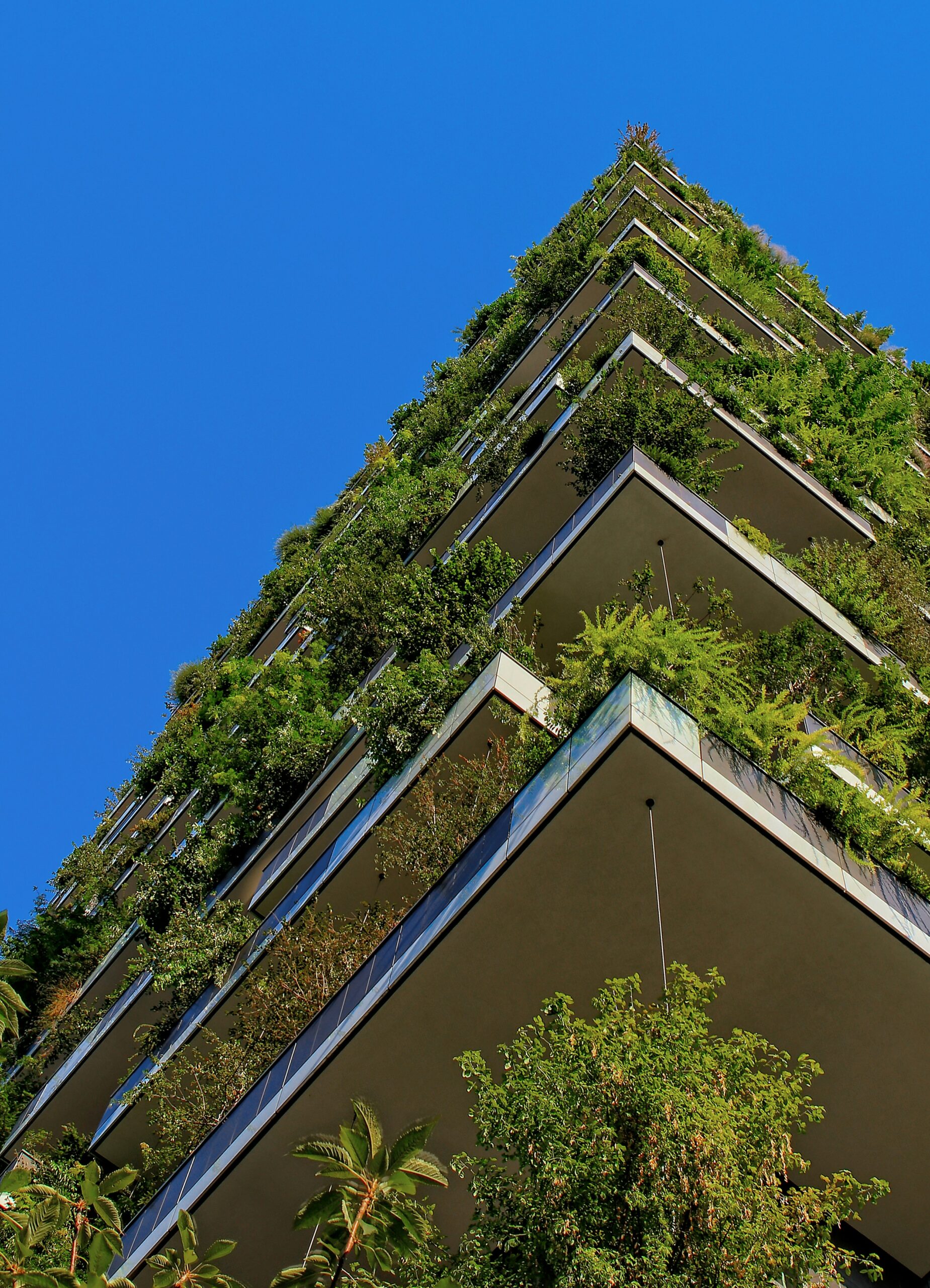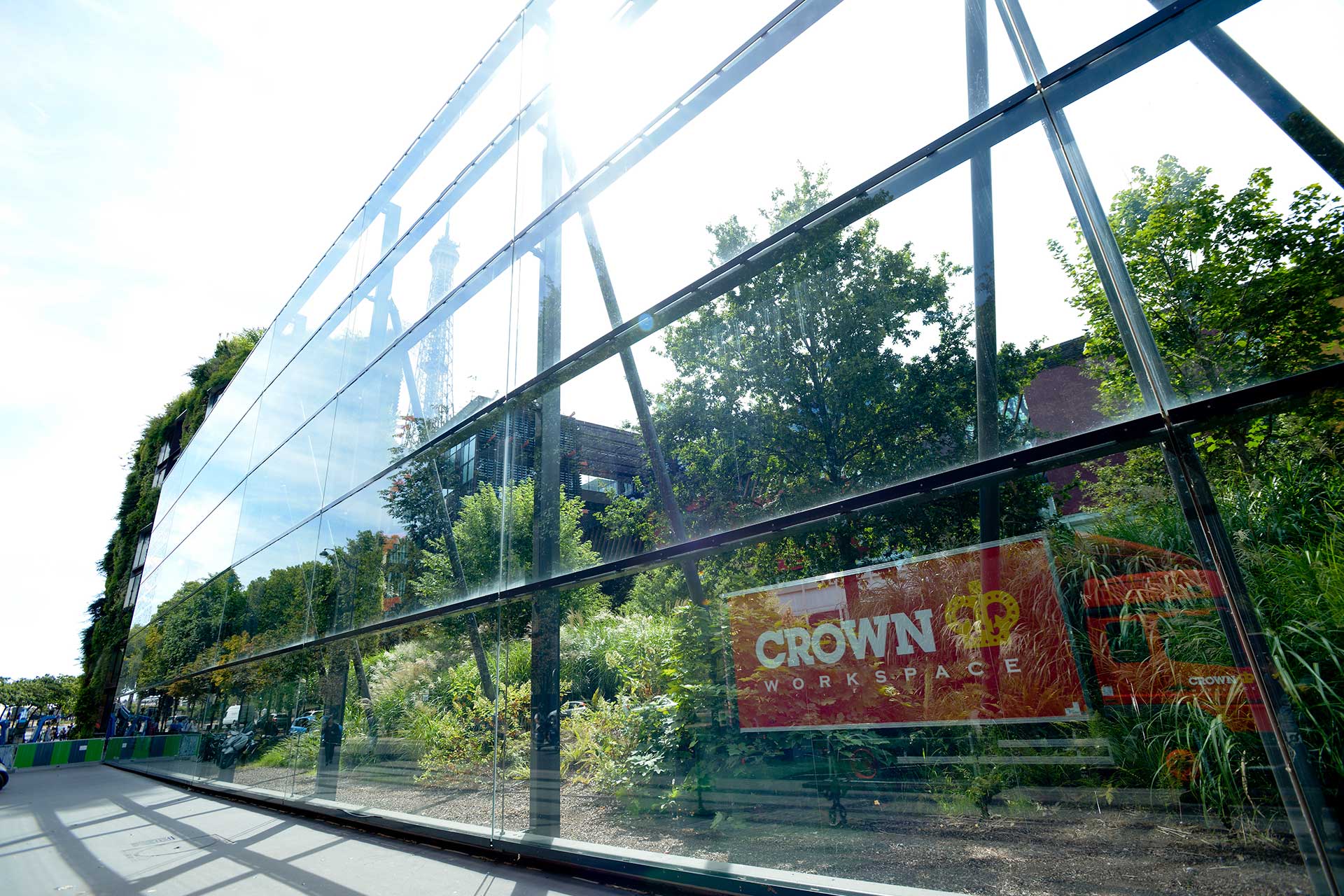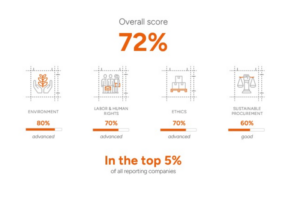Green skills and the circular office at Workplace Trends
Our Head of Sustainable Development Ann Beavis spoke at the Workplace Trends conference last month, sharing her thoughts on green skills and circular economy thinking within the workplace – and how the Wombles might have inspired her passion for reuse and recycling…
A child of the 70s, I grew up watching kids phone in to Swap Shop (prime Saturday morning TV viewing for those of a certain age!) to swap toys they no longer wanted for ones they did, and the Wombles picking up things that people discarded across Wimbledon Common so they could be reused and recycled. But fast forward 50 years, a rapid period of consumerism, and I wonder if this is really progress? More than half of the increase in CO2 since the industrial revolution has occurred since 1970. We have seen an average decline of 69% in wildlife populations since 1970 (WWF). Extreme weather events are four times more likely to happen now than in 1970 (British Red Cross). And the share of income going to the top 1% of richest households has nearly tripled in the past four decades, from 3% in the late 1970s to about 8% today (Institute of Fiscal Studies). In frank terms, our environmental infrastructure, social fabric and economic foundations are unravelling.
We have just had the warmest July, August AND September on record. Global temperature rises – unequivocally the result of human activity – are at a tipping point. Beyond this, the scale of wildfires, floods, extreme weathers conditions, loss of wildlife, and the increase in uninhabitable parts of the globe increase at an exponential level. There is a need for us all to act, with urgency, and this includes businesses who are being asked and expected to make the decisions and actions needed to reduce the carbon impact of life and living. The built environment is directly responsible for 25% of the UK’s carbon emissions and therefore has a moral and legal responsibility to rapidly decarbonise (UKGBC).

Workplace role in the sustainability agenda
The World Green Building Council’s net zero commitment is to reduce overall embodied CO2 emissions from base build and fit out by at least 40% by 2030. Across the industry, major players are making bold commitments. The execution and realisation of these are not straightforward, but we can learn from, not judge, the early movers. Whilst there are pockets of innovation and some excellent examples of low carbon transition projects, these are far from mainstream. We need to unlock the power of innovation in this sector – we are all responsible for making workplace change sustainable. It is all our jobs and all our futures so how do we make this happen?
The workplace is the embodiment of an organisation’s brand and values. It can showcase organisational low carbon commitments and it is where the staff and team get to interact with the business purpose in physical matter. Furthermore, the sustainable business agenda is proven to be a leading one for talent attraction and retention – around 70% of employees find sustainability programs make employers more appealing with 80% wanting to help their company reach climate or ESG goals (IBM). There are many such reports now about how important genuine sustainability principles are for staff and clients – and no sector wants to risk alienating these fundamental existing or future stakeholders – so regardless if your passion is about creating a safe planet for yours and your children’s future, or because it makes commercial sense now – now is the time to act.
Where to start
-
Understand the broad sustainability agenda with the UN SDGs
If you are not up to speed on the wider sustainability agenda, than familiarising yourself with the United Nations (UN) Sustainable Development Goals (SDGs) is a great place to start. The SDGs, also known as the Global Goals, were adopted by the over 190 members of the UN in 2015 as a universal call to action to end poverty, protect the planet, and ensure that by 2030 all people enjoy peace and prosperity. Designed to be a “blueprint to achieve a better and more sustainable future for all” many businesses are prioritising goals and aligning themselves to these in their sustainability journey.
-
Follow the greenhouse gas hierarchy
Of course of all the goals carbon is currently the number one focus. Organisations are increasingly responsible for a carbon budget not just a financial one. The best place to start with carbon is the IEMA greenhouse gas management hierarchy. This priorities elimination of emissions (for example avoiding wastage) then reduction (such as using LEDs with their lower energy usage), substitution (such as renewable energy in place of fossil fuel sources) and lastly compensation (recycling and offsetting).
-
Introduce circularity
Whilst a lot of carbon reduction focus has rightly been on energy, it is not everything. Particularly in the UK, with the electricity grid being decarbonised, what’s called ‘embodied carbon’ is becoming increasingly important. Embodied carbon is the energy and carbon already emitted in the construction or manufacturing of products. In the built environment, we are talking about the walls, carpets, panels, furniture, fixtures and fittings. The embodied carbon of a typical fit-out is approximately 60% higher than the estimated operational carbon during a 10-year lease period. So, when we look at future projects, we need to look at the materials we have already, and what can we make or do with these to keep them in use. The mindset and process that helps deliver this is the circular economy. Can you start to design or specify things better, buy new only when you really need to, and consider whether items can be reused internal or by others?

Putting the circular economy at the heart of the workplace
It is estimated by GRESB, an organisation committed to transparently validating ESG data, that embodied carbon will account for around 50% of built environment emissions by 2035, as operational emissions of buildings reduce – but we carry on building. There are tough choices ahead around whether operationally-efficient new builds or refurbishments are most effective at reducing overall carbon emissions – but given that 80% of 2050’s building stock is already standing, the need to reduce the impact by refurbishing existing buildings is clear. If we can focus on embodied carbon now, we can make a big difference.
At Crown, we are increasingly becoming a circular supply partner – for businesses who are now prioritising environmental factors when considering how they move or change their workplace. We apply the six guiding principles of Crown Circulate to our service innovation, our service provision and to how we look at workplace change projects. At the core of the process is the principle of ‘reevaluate’. At every stage of workplace change, we need to rethink. Is this a waste? Can we reuse it? Is there an economic or social value? Can someone else use it? By addressing whether we can renew something, resell or rebuy, redistribute or recycle, we have been able to remanufacture or refurbish over 96,000 items of furniture, to recondition over 82,000 items of IT equipment, and donate over 33,000 items of furniture since 2015.

We can all start to think this way immediately. It isn’t easy but there are lots of opportunities to introduce circular approaches and there is great free guidance available. There is a real opportunity for creativity:
- What decisions can be challenged at design stage? What isn’t needed?
- Can we design for future waste reduction – with flexibility, modularity, reuse-ability in mind?
- Can we lease, specify reuse/reused, build in maintenance programmes?
- Can we specify new more carefully and consider low carbon alternatives and longevity?
- Can we aspire to BREEAM Excellent, SKA Gold & WELL Platinum certification?
- What are the barriers to engage with circular actions, how do they get overcome?
- Where is collaboration happening, knowledge being shared?
Recognise that not everyone is motivated by the same factors so share all the wins – saving the planet, saving money, reducing waste, keeping the clients and staff happy, supporting the local community. Let’s not make this a point of differentiation but a point of principle and come together on the bigger challenges our industry faces. The built environment is full of creators and innovators. We are in the process of a new industrial revolution – and we all have to rethink what we do if we don’t want to keep pumping out more and more carbon into the atmosphere and we want to protect our planet for future generations. The time to act is now.
To find out more, watch Ann’s full talk at the Workplace Trends conference here!
Related stories
In this blog, we delve into workplace consultancy, exploring the intricacies of workplace change and space utilisation strategies and their profound implications for businesses.
Sustainability remains a top business priority for Crown in the UK & Ireland and globally; we are therefore delighted to have launched our 2023 UKI Sustainability Report!
Crown are delighted to announce that we have been awarded Gold by EcoVadis in 2024 for the second time, reflecting our commitment to and progress in becoming a responsible business.



















